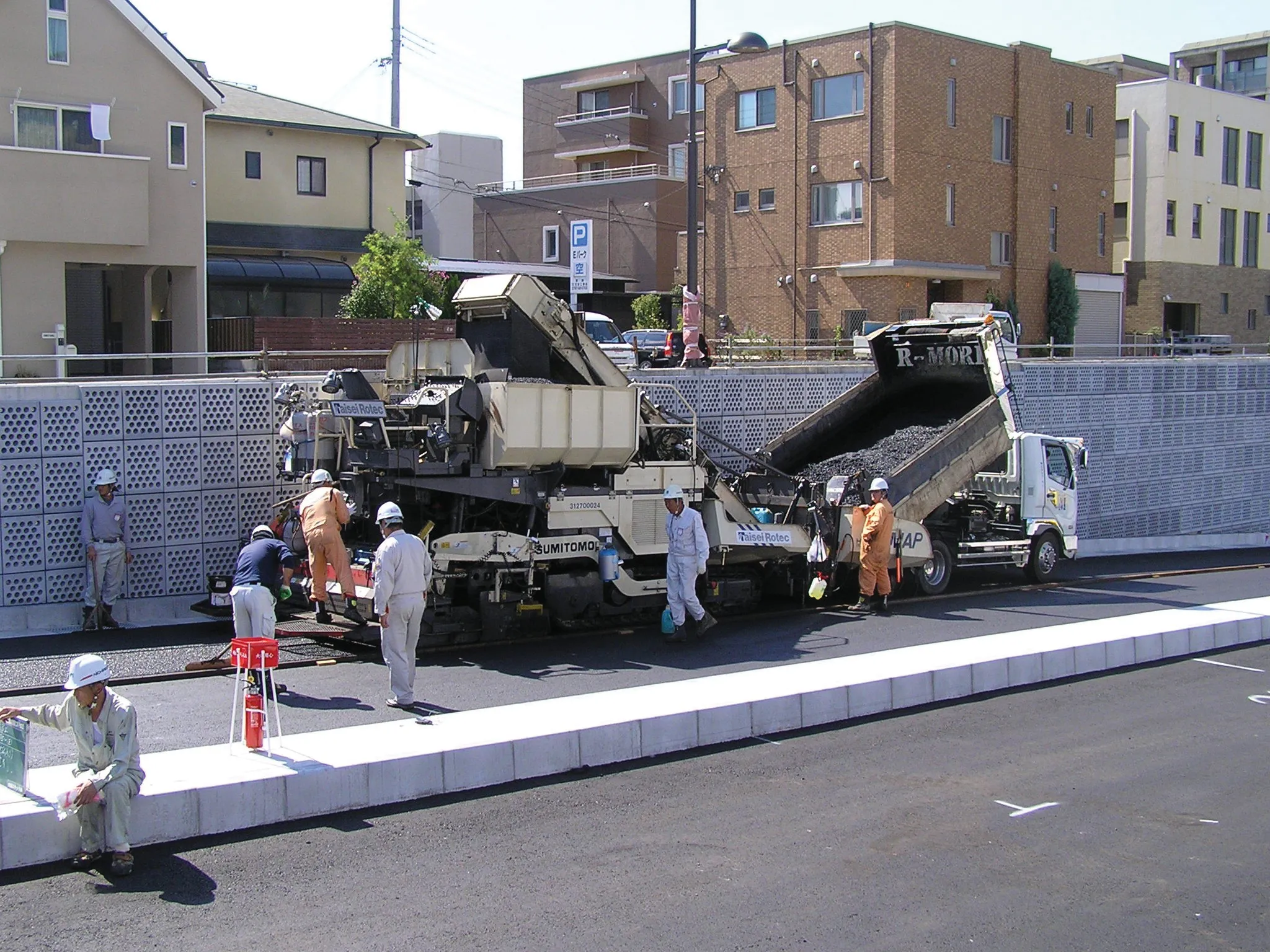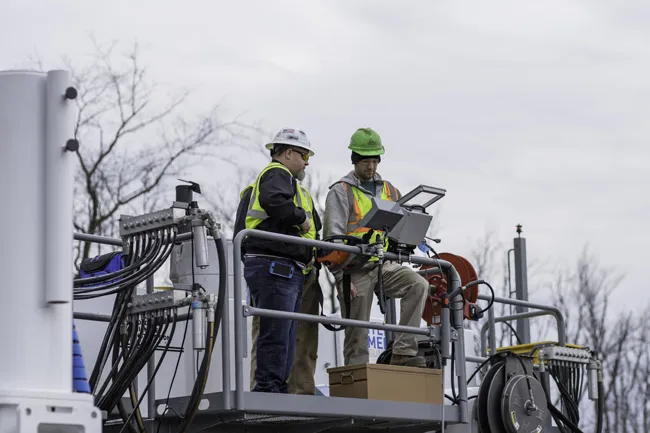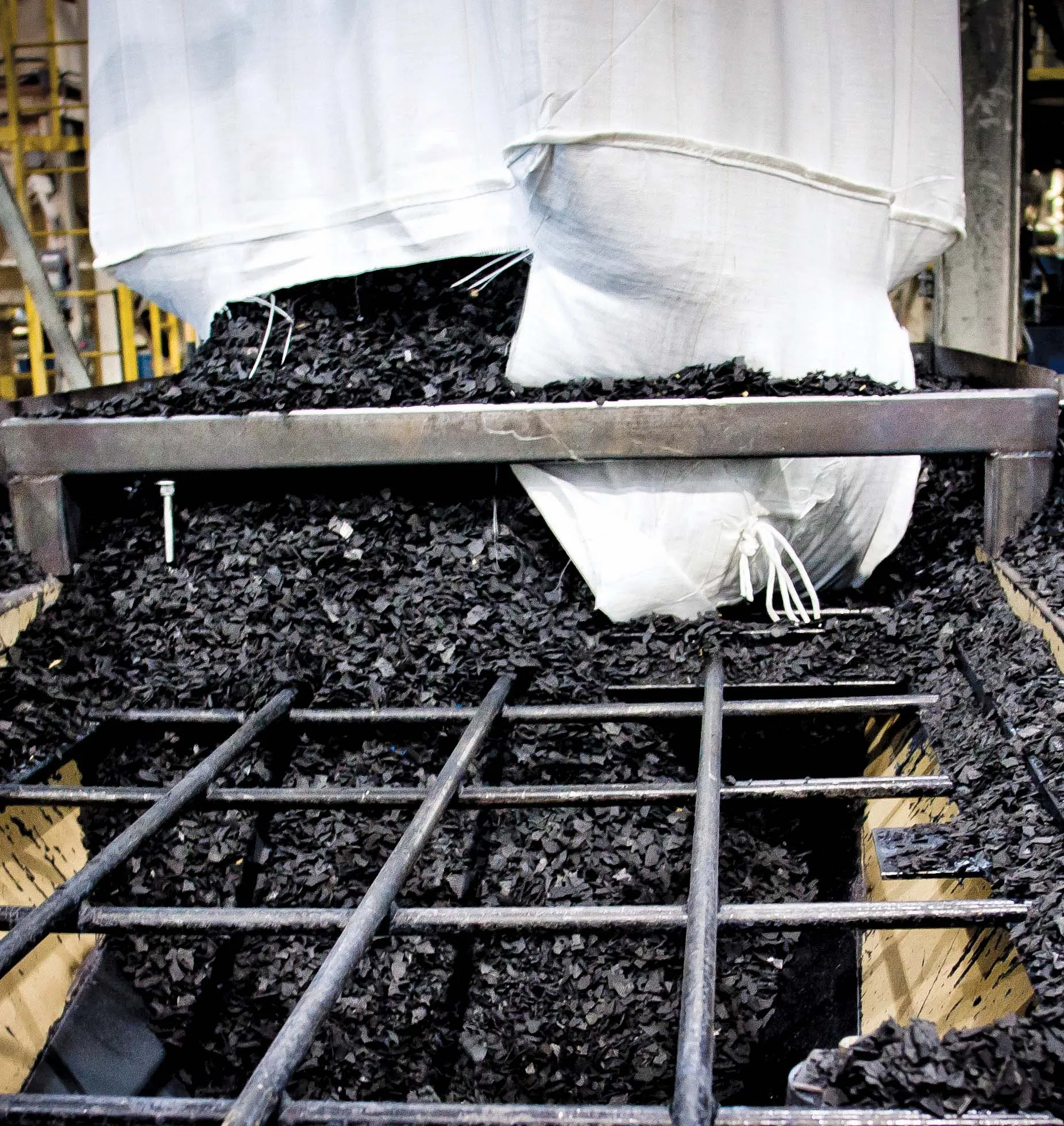A report from the US-based research firm Freedonia suggests that demand for asphalt in the country looks set to increase 3.7%/year to 25.17 million tonnes in 2017. US demand for asphalt is expected to grow from the low levels in 2012 due to an increase in spending on highway and road construction, as well as building. However, the report suggests that asphalt demand in 2017 will not reach the levels seen in 2007. Rising use of recycled asphalt pavement (RAP) and a growth in the market for rehabilitating
September 3, 2013
Read time: 1 min
A report from the US-based research firm Freedonia suggests that demand for asphalt in the country looks set to increase 3.7%/year to 25.17 million tonnes in 2017. US demand for asphalt is expected to grow from the low levels in 2012 due to an increase in spending on highway and road construction, as well as building. However, the report suggests that asphalt demand in 2017 will not reach the levels seen in 2007. Rising use of recycled asphalt pavement (RAP) and a growth in the market for rehabilitating and repairing older or worn surfaces, instead of laying new surfaces, will restrict asphalt demand. The 2821 Freedonia Group has a complete study, titled Asphalt, on the subject.









